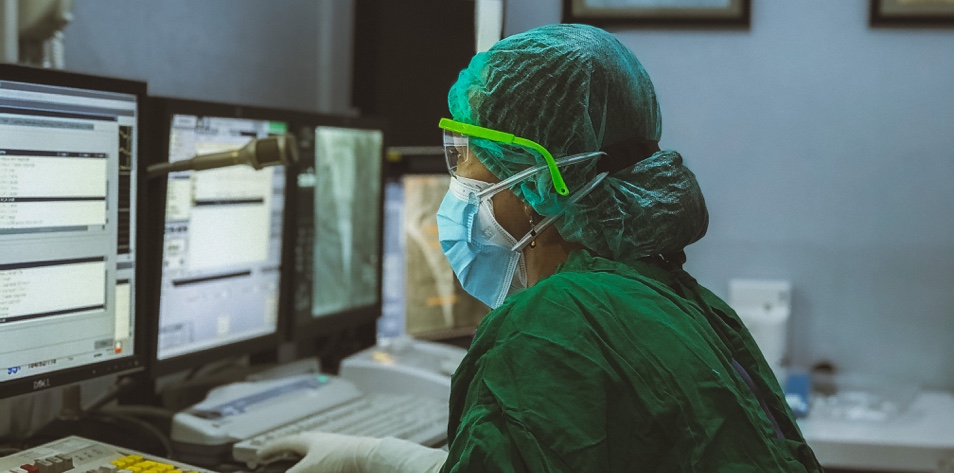
In a study published by JAMA Open, University of Pennsylvania researchers looked at the habits of 33 primary care practices to determine whether appointment times were associated with clinician ordering of cancer screening in eligible patients.
They found that patients who saw their doctors at 8 a.m. were most likely to have breast cancer screening tests ordered, with a rate of 63.7%. The rates of tests ordered decreased throughout the morning, dropping to 48.7% and increasing again at noon. By 5 p.m., only 47.8% of patients eligible for breast cancer screening had the tests ordered — a 15% difference.
This prompted internist and Northwestern professor of medicine Dr. Jeffrey Linder to start a discussion around decision fatigue, sharing that he too feels sharper during the morning and has a “3 o’clock fade.” However, he says, this occurs in primary care because there is more work than time in the day, and physicians often run late or fall behind on their patient load.
Many healthcare professionals chimed in online about how long shifts are causing decision fatigue, affecting both physicians and patients.
What Causes Decision Fatigue? Sleep Debt or Time Pressure?
Dr. Katie Sharkey, the assistant dean for Women in Medicine & Science at Brown University’s medical school, asked her followers whether they felt this “3 o’clock fade” was due to lack of sleep and whether their alertness was tied to their circadian rhythm. Several responded saying it was more likely to be the systemic issue of time constraints with patients and running late on appointments.
But It May Also Be All of the Above
Dr. Seth Trueger, an emergency physician at Northwestern and an editor at JAMA, said physicians’ decision fatigue may be a result of both time pressure and the effects of sleep deprivation. But ultimately, it’s the system that leaves physicians feeling depleted by the end of the day.
“Patients Deserve a Non-Exhausted Physician”
One intern tweeted the aftermath after working a 30-hour shift. Dr. Roxana Daneshjou, a dermatology resident, replied and said “I love how people recommend you take a cab/Uber but no one seems to think, ‘Hey, if it’s not safe to drive, maybe it’s not safe to be seeing patients after being awake so long.’”
Physicians Have Long Felt Time Constraints with Patients
This is not a new phenomenon. For decades, doctors have felt the pressures of time. The American Journal of Public Health revived a study determining the physician time required to provide all the preventive services recommended by the U.S. Preventive Services Task Force at the recommended frequency. The study found that, to fully satisfy the recommendations, a physician would need to dedicate 1773 hours a year, or 7.4 hours each day.
Published May 2019; updated December 21, 2021
Join the Conversation
Register for Figure 1 and be part of a global community of healthcare professionals gaining medical knowledge, securely sharing real patient cases, and improving outcomes.


